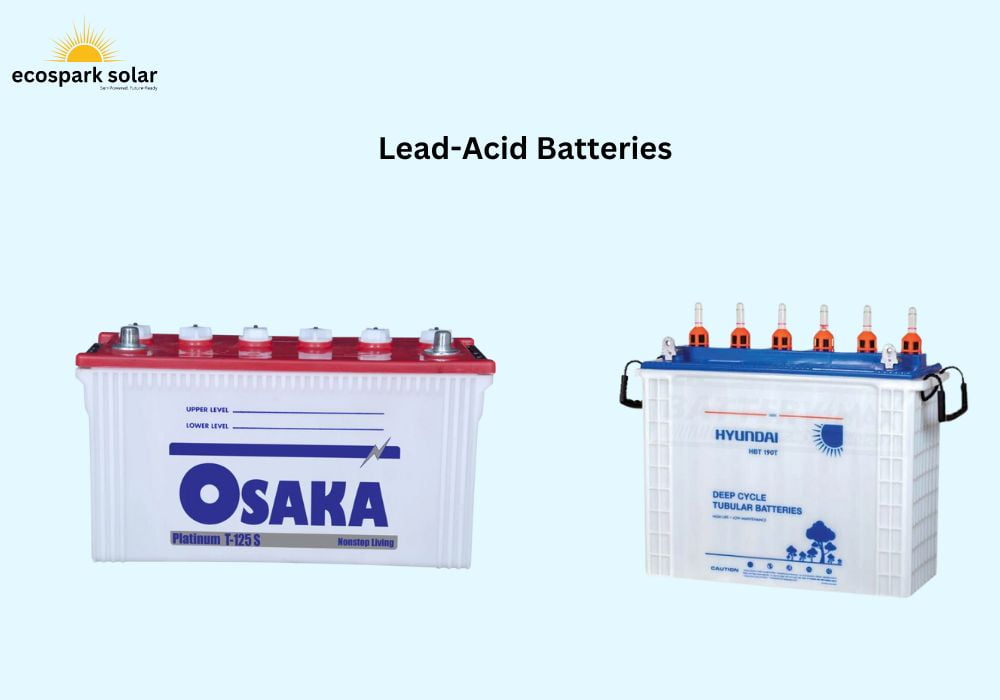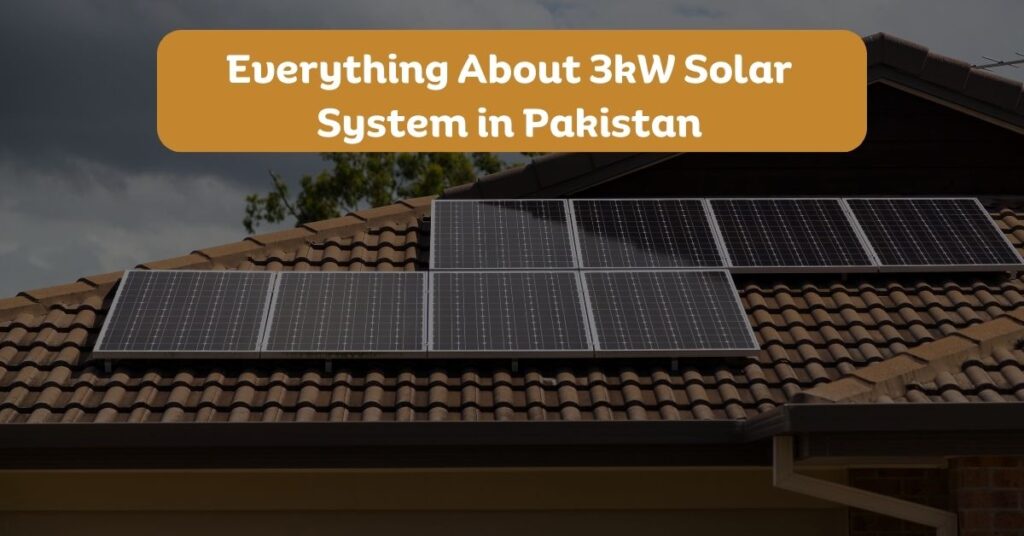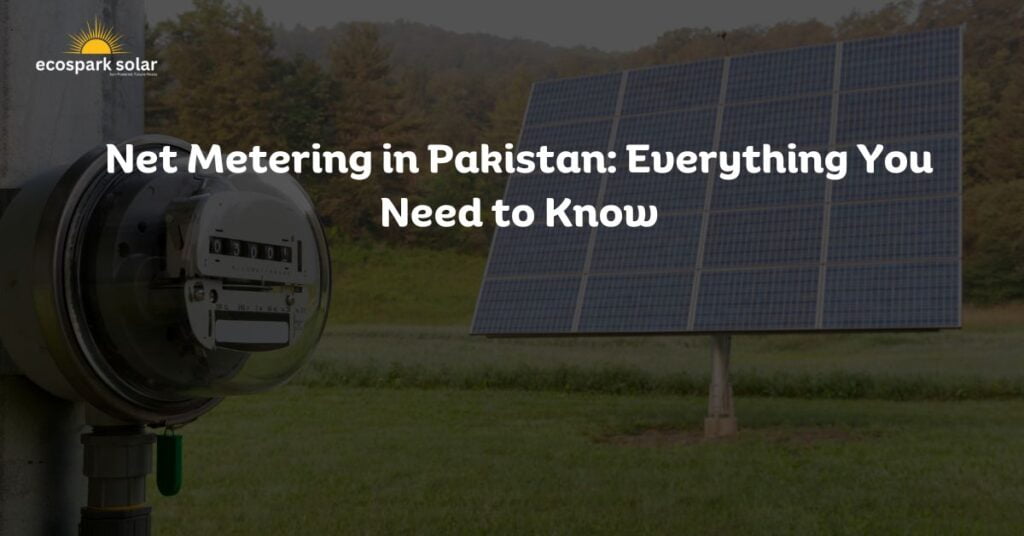Should I install a battery with my solar system or not? And if the answer is yes, which solar battery? How do I choose the right battery for my solar system?
These are the most common questions my clients often ask me while sizing their solar system.
We all want the best solar battery available in Pakistan. But choosing the “best” battery depends upon many factors. Stay with us as we will talk about everything regarding solar batteries in Pakistan.
First, should you install a battery or not?
Do You Need a Battery for Your Solar System?
The decision to invest in a solar battery is not one-size-fits-all. Whether or not you need a solar battery largely depends on your specific circumstances, goals, and priorities.
I have a simple advice.
- If you live in areas with frequent power outages (load shedding), you can greatly benefit from solar batteries as they serve as a backup power source. You will install a hybrid solar energy system, which will remain connected to the grid through net metering as well as batteries. During outages, these batteries will ensure that essential appliances keep running.
- If your electricity grid doesn’t have a net metering program, go for batteries. These devices store surplus energy produced by your solar panels, preventing it from going to waste. Also, even if they have a net metering program but you do not qualify, I will recommend installing batteries. You do not want to waste the extra energy produced by your solar system during the day.
- If you want to install an off-grid system, you will, of course, need batteries. Sometimes, going off-grid becomes necessary, such as in remote areas with limited grid power.
- If you do not have budget issues and want to make the most of your system, you may consider installing solar batteries. But this factor doesn’t work alone—I mean, if your area does not experience load shedding, why pay extra for batteries? You can install an on-grid solar system, which can work best for you.
Still cannot decide? Do not worry—call us, and we will give you more insights about why you need a battery bank or not.
But if you have decided that you need to have batteries, then continue.
How to Choose the Right Solar Battery?
Buying the right solar battery is not difficult. You just need to be mindful of certain things while choosing the battery.
In this section, let me share some of those factors you may consider.
1. Assess Your Energy Needs
First of all, assess your energy needs. Take a close look at the prevalence and duration of load shedding in your area. If you find yourself in an area that experiences frequent and extended power outages, you will need a good battery backup. So that you have a seamless power supply during these interruptions, enhancing your overall comfort and safety.
Next, ask yourself some questions. Are you planning to supply electricity to your entire household, including all appliances, or are you primarily interested in keeping only essential devices running during power outages? This distinction plays a pivotal role in determining the appropriate size of your battery system.
The battery bank must be bigger for those aiming to power all their appliances, especially in off-grid scenarios. This ensures a consistent energy supply, even during cloudy days or prolonged outages. Off-grid setups require a larger battery capacity to sustain a constant power flow. Your battery system’s size also depends on how much power your solar system produces.
In contrast, hybrid systems, which remain connected to the grid, offer more flexibility. You have the freedom to tailor the size of your battery system to your specific preferences and budget. For example, you might choose to power only essential appliances during outages, allowing you to opt for a smaller, more cost-effective battery solution.
2. Type of Battery
Once your energy needs are established, the next question is: Which type of solar battery to choose?
Many types of batteries are available, with different chemistries offering distinct advantages and disadvantages. Let’s explore the two primary types of solar battery chemistries: lead-acid and lithium-ion.
Lead-Acid Batteries
Lead-acid batteries have been a tested-and-tried energy storage solution for decades. They are known for their affordability and durability. These batteries come in two subtypes: flooded lead-acid and sealed lead-acid.

Flooded Lead-Acid (FLA) Batteries: These batteries require regular maintenance, including checking electrolyte levels and topping up with distilled water. They are a cost-effective option but have a shorter lifespan compared to sealed lead-acid and lithium-ion batteries. The battery you usually see in cars and homes are FLA batteries (Osaka, in the picture above).
Sealed Lead-Acid (SLA) Batteries: Also known as valve-regulated lead-acid (VRLA) batteries, they are maintenance-free and come in two forms: Absorbent Glass Mat (AGM) and Gel batteries. Sealed lead-acid batteries are less prone to spills and can be installed in various positions. They have a better lifespan than flooded lead-acid batteries but tend to have a shorter lifespan compared to lithium-ion batteries.
A solar system for everyone.
We’re customer-centric; we will find you a solution within your budget. Whatever your project size, you can always save with Ecospark Solar.
Lithium-Ion Batteries
Thanks to their impressive performance characteristics, lithium-ion batteries have gained popularity in recent years. They are known for their high energy density, longer lifespan, and ability to discharge more deeply without affecting their longevity. Lithium-ion batteries are generally more expensive than lead-acid batteries, but their benefits often outweigh the cost.

Here are some key considerations regarding lithium-ion batteries:
- Longer Lifespan: Lithium-ion batteries typically last longer than lead-acid batteries, which means fewer replacements and long-term cost savings.
- Deeper Discharge: They can be discharged more deeply without compromising their lifespan and performance, making them a reliable choice for heavy energy users.
- Compact and Lightweight: Lithium-ion batteries are compact and lightweight—they are suitable for smaller spaces or mobile applications.
- Higher Efficiency: They have higher round-trip efficiency, meaning more of the stored energy is effectively used.
- Maintenance-Free: They require minimal maintenance, reducing hassle and costs over time.
You May Like to Read: Lead-Acid vs. Lithium-ion Solar Batteries: Which Is Best for Solar?
3. Size and Capacity Rating
When picking a solar battery, one of the first things to look at is its size and capacity rating. This rating tells you how much energy the battery can store. Think of it like the fuel tank in your car—it tells you how far you can go before you need to refuel.
This rating is usually given in numbers like kilowatt-hours (kWh) and amp-hours (Ah). If a battery has a higher capacity rating, it means it can power your devices for a more extended period before needing a recharge. For solar systems, we usually install around 180-200Ah batteries (if they are lead-acid batteries).
Another thing to remember is that batteries can have total and usable capacity ratings. The usable capacity is how much electricity you can actually use. Some batteries might have different usable capacities, but you can adjust this by connecting multiple batteries if needed to meet your energy needs.
You May Want to Read: How to Calculate the Battery Size for My Solar System?
4. The Power Rating of the Battery
Power rating means the maximum amount of electrical power that the battery can deliver at any given moment and is usually measured in kilowatts (kW) or amperes (Amps).
There are typically two categories within the power rating:
- Peak Power Rating: This represents the maximum power a battery can provide but for a short duration. It’s like a sprinter’s burst of speed—a quick, intense burst of power.
- Continuous Power Rating: This measures the amount of power the battery can supply continuously. Think of it as the battery’s endurance to provide a steady stream of energy over time.
The power rating plays a role in ensuring your battery can meet the demands of your solar system. For instance, if you have energy-hungry appliances like air conditioners that require a high level of power to function, you’ll need a battery with a higher power rating. Generally, a battery with a higher power rating can quickly provide energy to your devices. However, it’s important to note that a higher power rating doesn’t necessarily mean the battery will stay charged for a longer time. It’s like a powerful but short-lived burst of energy.
Now, you might wonder if the capacity rating and power rating are the same. They’re not.
Here’s a simple way to differentiate: a battery with a high power rating and low capacity can keep your appliances running but only for a short duration. On the other hand, a battery with a low power rating but high capacity can provide a more extended, consistent supply of energy, making it suitable for prolonged energy needs.
5. Depth of Discharge (DoD)
DoD refers to the percentage of a battery’s capacity that can be safely discharged. That is, how much power stored by batteries can you actually use? Flooded lead-acid batteries typically have a DoD of around 50%. You can’t discharge them more than 50%, and if you do so, the performance and lifespan of the battery may be compromised.
The DoD of Sealed lead acid batteries can touch 75%, while lithium-ion batteries can typically be discharged to 90-95%. This means that lithium-ion batteries can be used more efficiently than lead-acid batteries.
6. Round-Trip Efficiency
Round-trip efficiency, or simply called efficiency, is the percentage of energy stored in a battery that can be retrieved when the battery is discharged. For instance, if the efficiency of a battery is 70%, it means that the remaining 30% of energy is either lost or consumed by the battery’s operating system. You can only use 70% and not more than that.
Lithium-ion batteries have a higher round-trip efficiency than lead-acid batteries. To be specific, lead-acid batteries have a round-trip efficiency of 65-80%. In contrast, the efficiency of a Li-ion battery can be as far as 95% and at least 80%. This means that lithium-ion batteries waste less energy when they are charged and discharged.
That said, it’s important to note that these figures can vary depending on the type of lead acid or lithium-ion battery being used, how well the battery is maintained, and how it is used. Factors such as temperature, depth of discharge, and charging and discharge rates can also affect a battery’s round-trip efficiency.
7. Lifespan
While choosing your solar battery bank, never ignore the lifespan. The lifespan of a battery means how long a battery can effectively perform before it needs replacement. Different types of batteries offer varying lifespans, influencing their long-term value.
For example, lead-acid batteries generally have a lifespan of around 3 to 7 years, depending on factors like maintenance and usage patterns.
In contrast, lithium-ion batteries offer a more extended lifespan, typically ranging from 10 to 20 years or even more, depending on the specific chemistry and usage. Lithium iron phosphate (LiFePO4) batteries are known for their durability and can often outlast other lithium-ion variants. So, while lithium batteries may cost you more, they’re more like a long-term solution.
8. Warranty
Different types of batteries come with varying warranty options to provide peace of mind. Common warranties for lead-acid batteries often range from 6 months to 3 years. Some manufacturers may offer extended warranties, especially for higher-quality sealed lead-acid (VRLA) batteries, which can extend coverage up to 10 years.
Lithium-ion batteries, on the other hand, generally come with more extended warranties, often spanning 5 to 15 years or even more. The exact duration can vary based on the specific chemistry and brand. High-quality lithium iron phosphate (LiFePO4) batteries often offer warranties at the upper end of this range due to their robust durability.
Also, note that some warranties go beyond a fixed timeframe and cover the battery’s performance or lifespan. For example, a warranty might guarantee a certain percentage of the battery’s original capacity over a specified number of cycles (one battery cycle is when a battery is charged and discharged).
9. The Cost of the Battery
The last step in choosing your solar battery is the cost of the battery. Based on our discussion above, we all would like to buy batteries with high capacity ratings, high power ratings, better round-trip efficiency, a higher DoD, and longer lifespans.
But it all boils down to the cost of the battery. Lithium-ion is considered best for pairing with solar systems but is also expensive. Some of them can cost around PKR 600,000 for a single battery. On the other hand, you can design a lead-acid battery bank of comparable size for around PKR 300,000.
While calculating the cost, also include the long-term costs. For instance, lead-acid batteries may appear cheaper in the beginning. But they need replacement after some years—in around 15 years, their costs almost match those of lithium batteries. So, be mindful of that.
That was all about batteries. If you have decided to go solar, we bet we are the best. Not only are our prices affordable, but we’re also experts. With us, you can make the most of your system—because, at Ecospark, it’s all about you and solar!
You can also give a read to this article where we have discussed top 7 solar batteries in Pakistan.
Choosing a Solar Battery: A Recap
When choosing a battery for your solar system, there are many things to consider. From cost to efficiency and from power rating to the chemistry of the battery—you have to keep in mind all this. Besides that, you will also have to keep your goals in your mind. As discussed above, if you do not have budget issues, choose a lithium battery bank. Otherwise, lead-acid is an old and time-honored technology you can rely upon.



